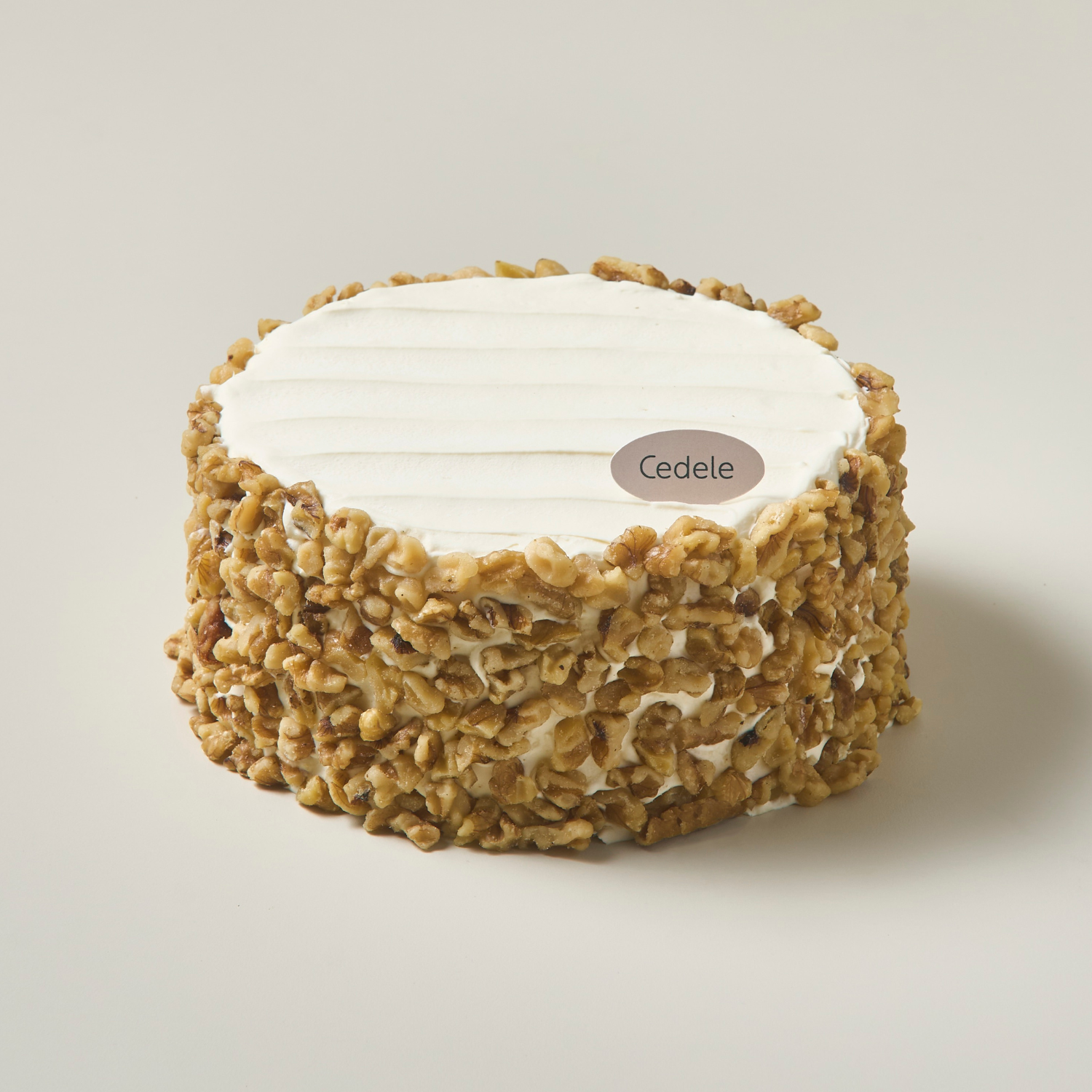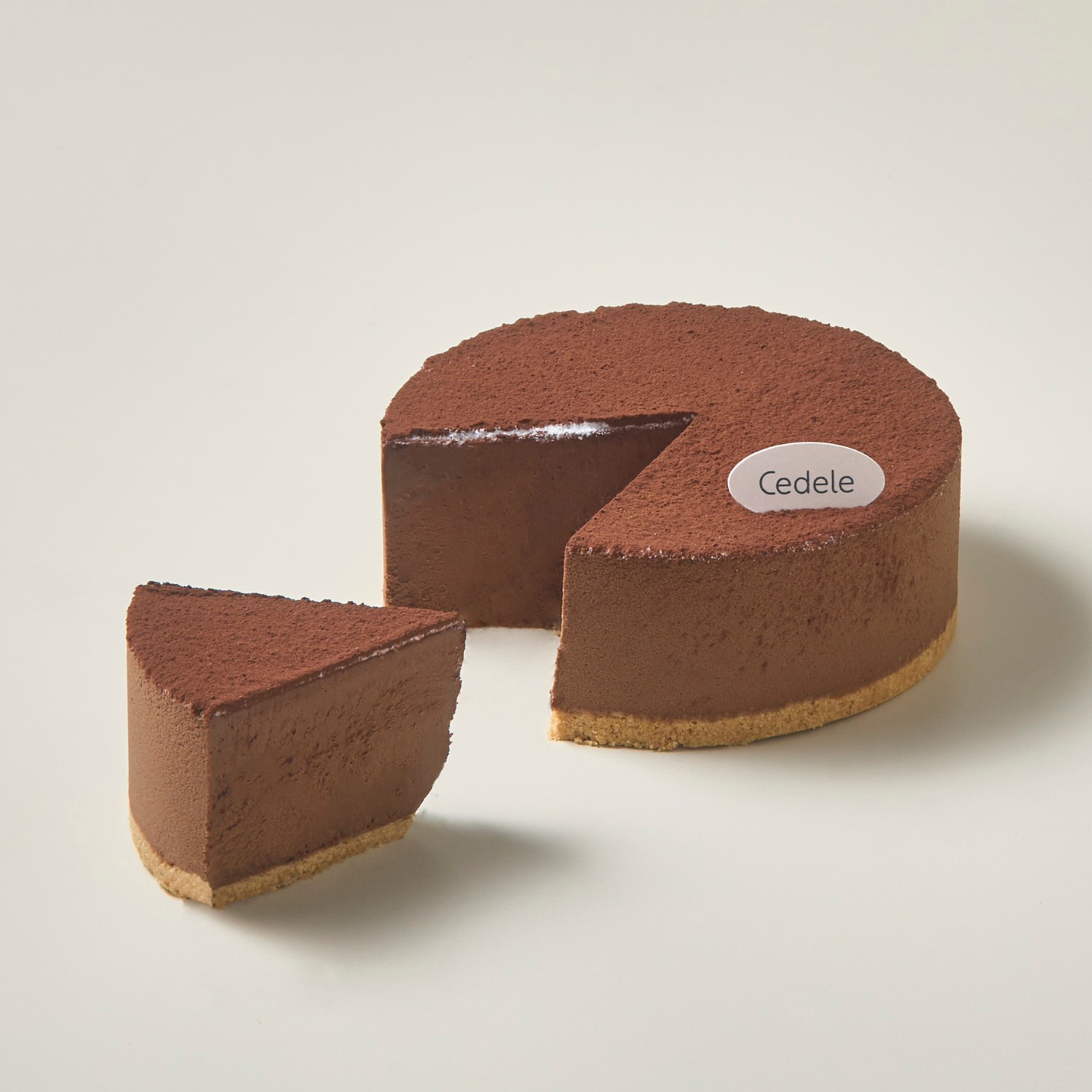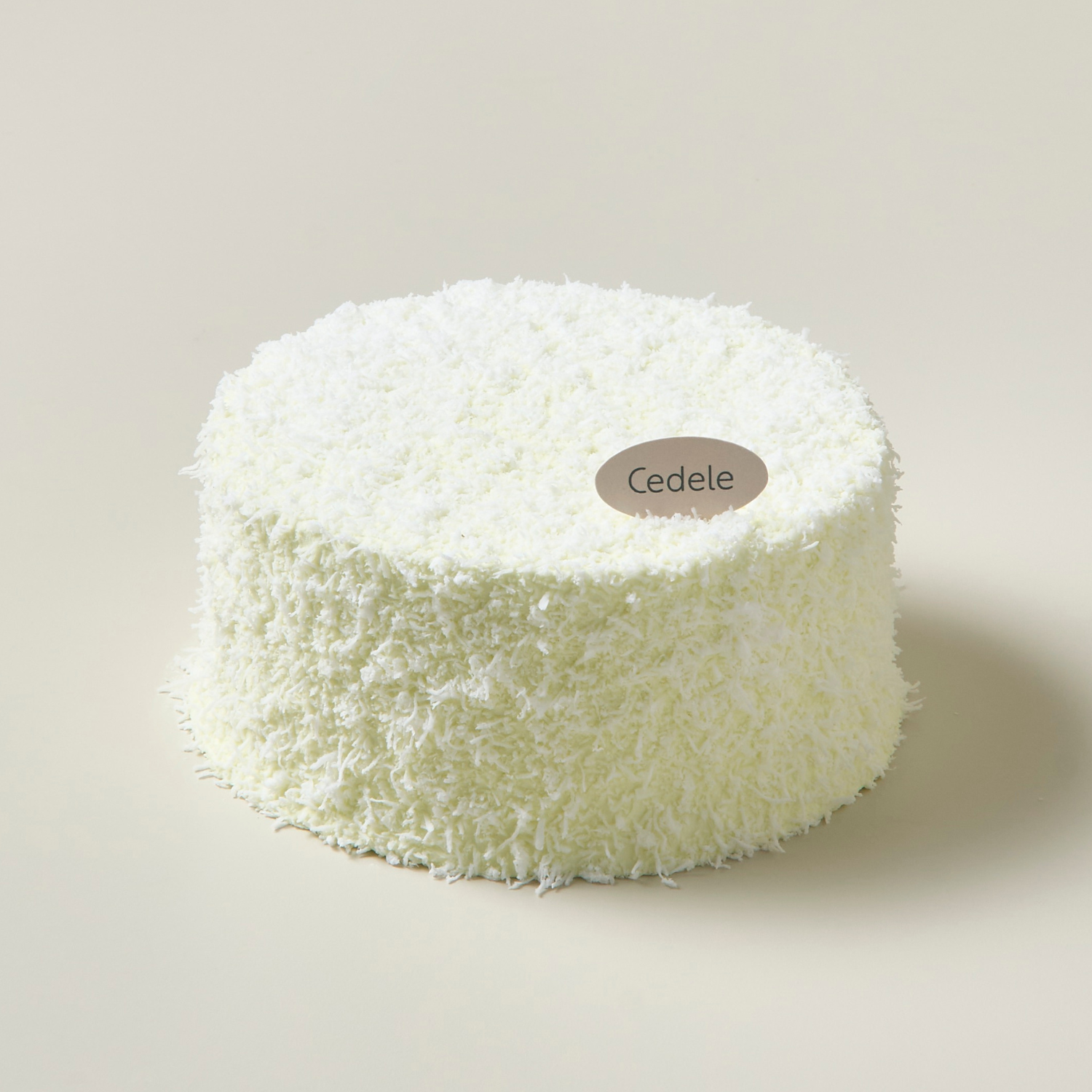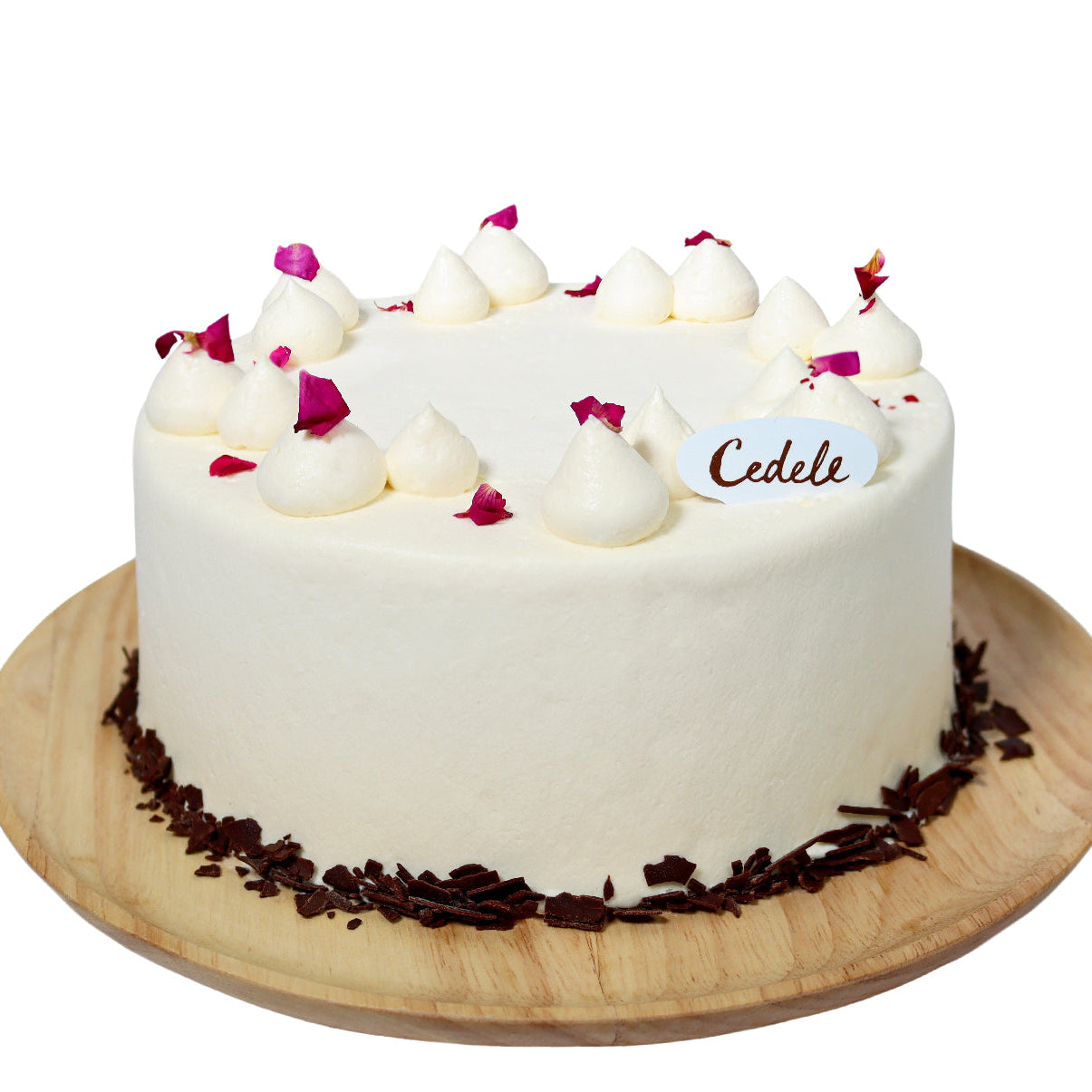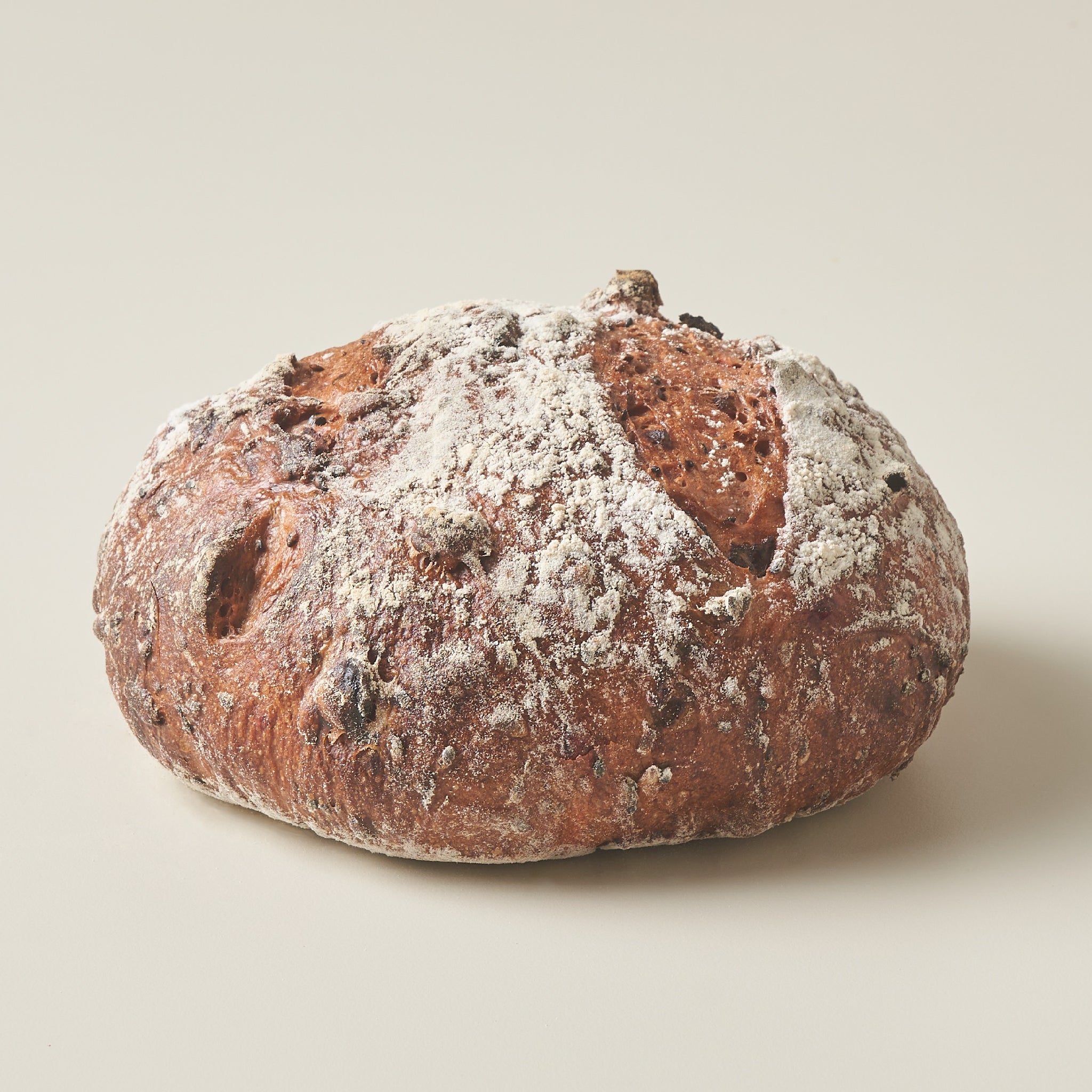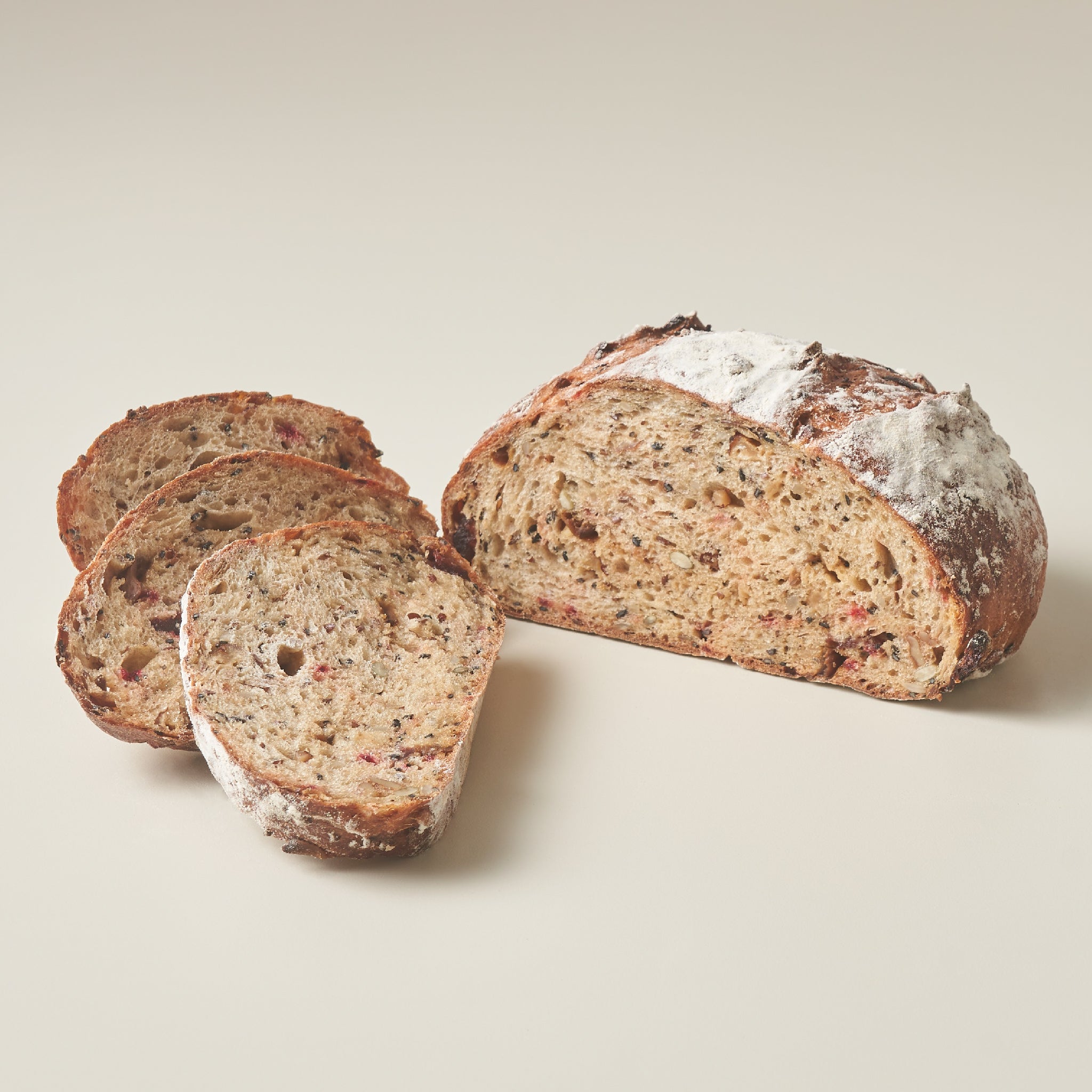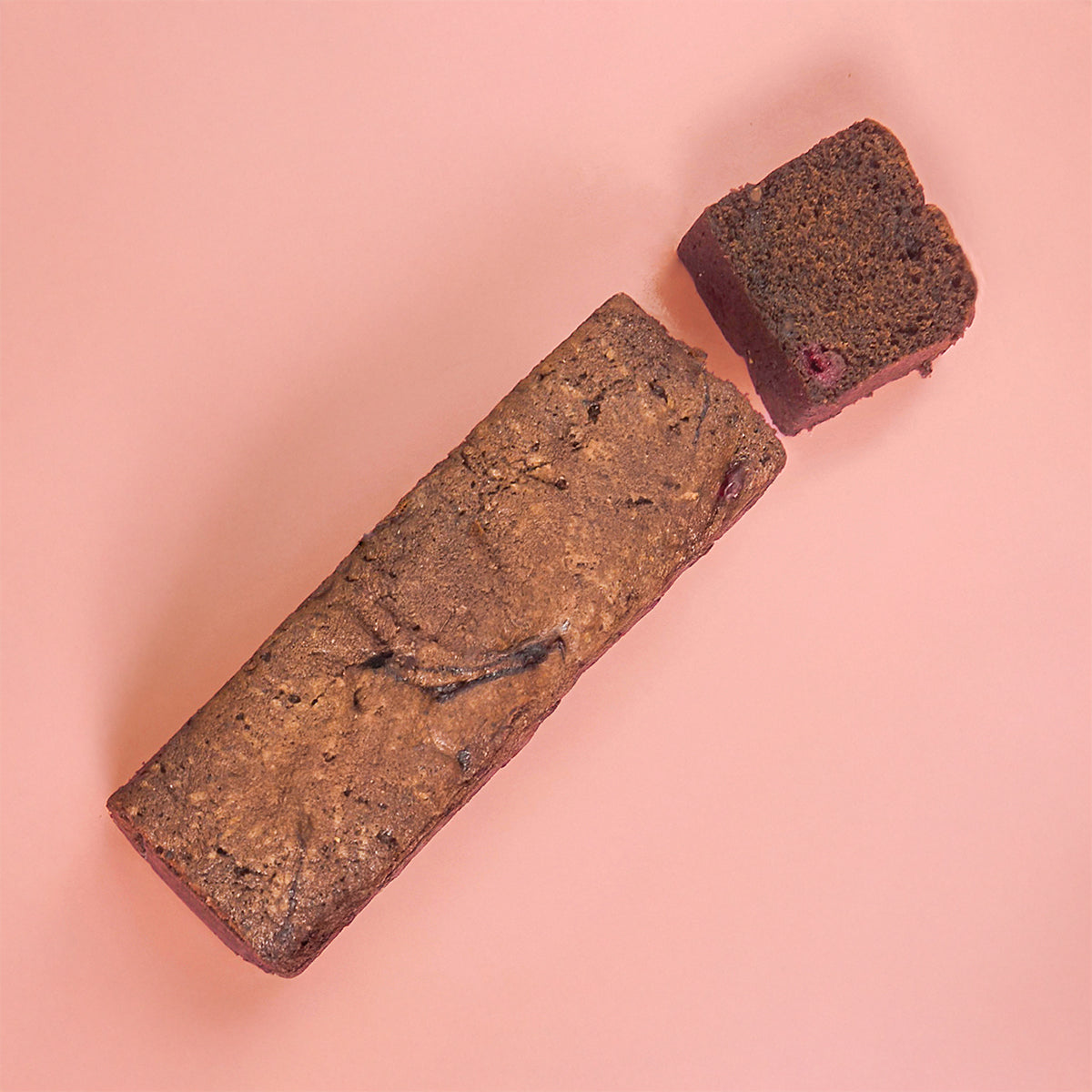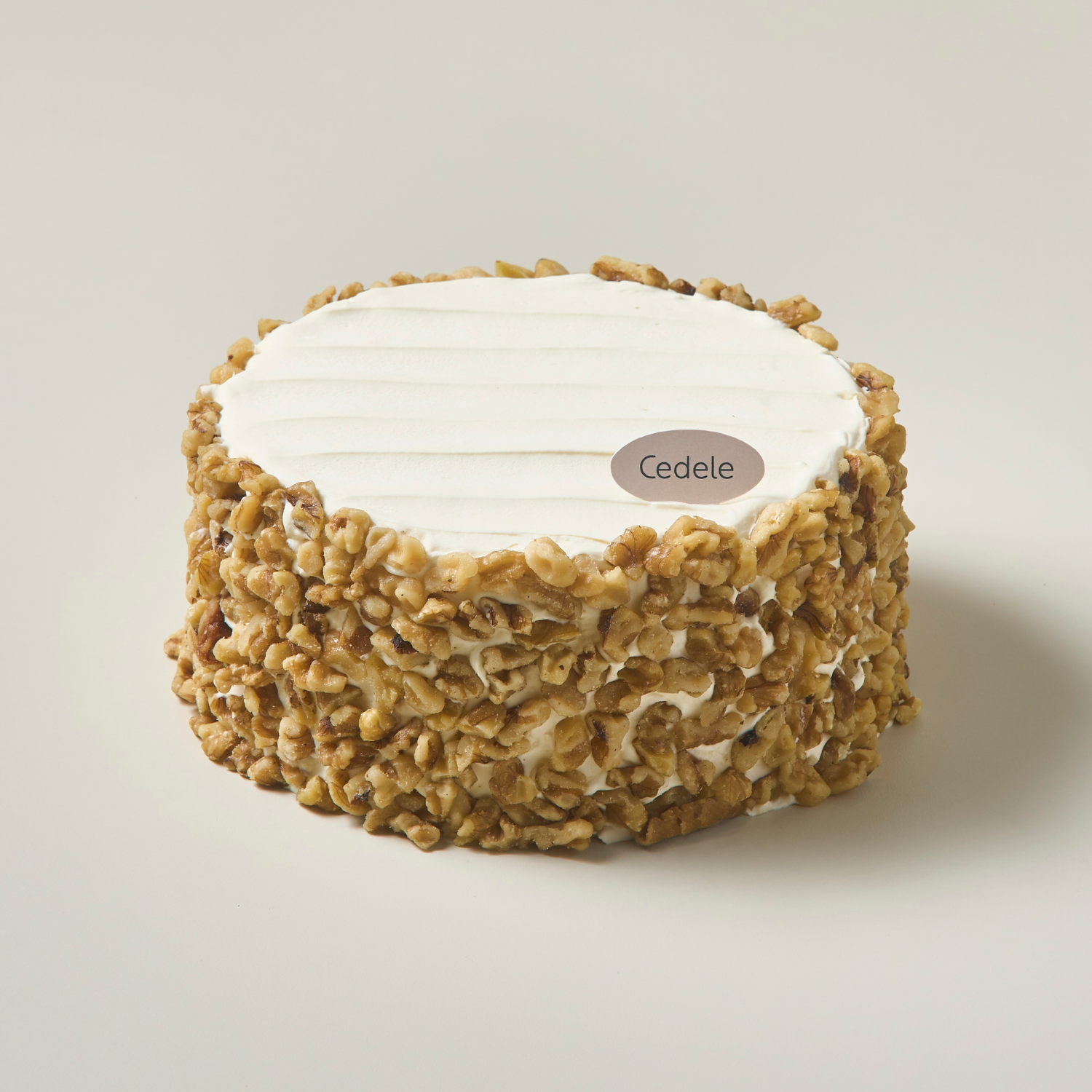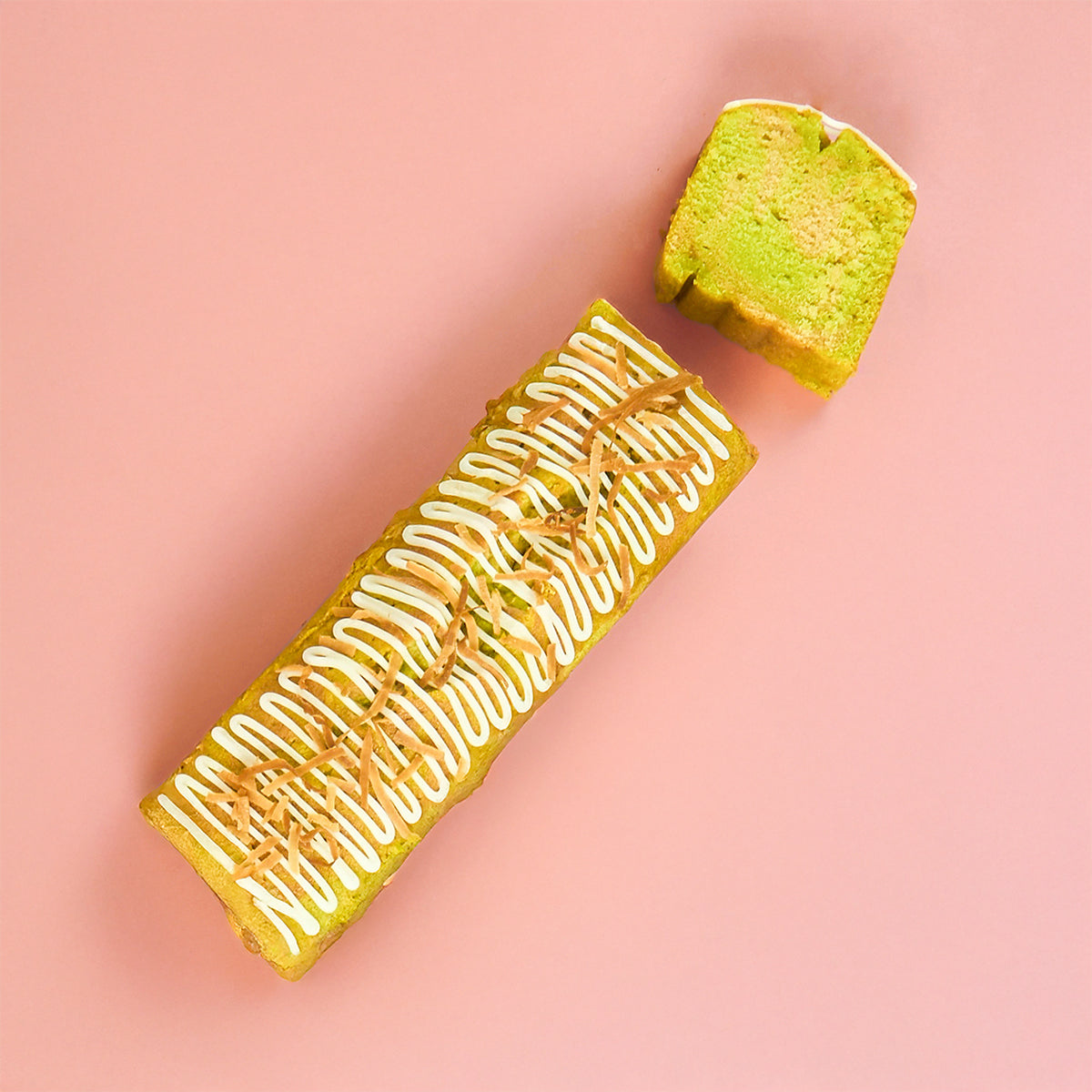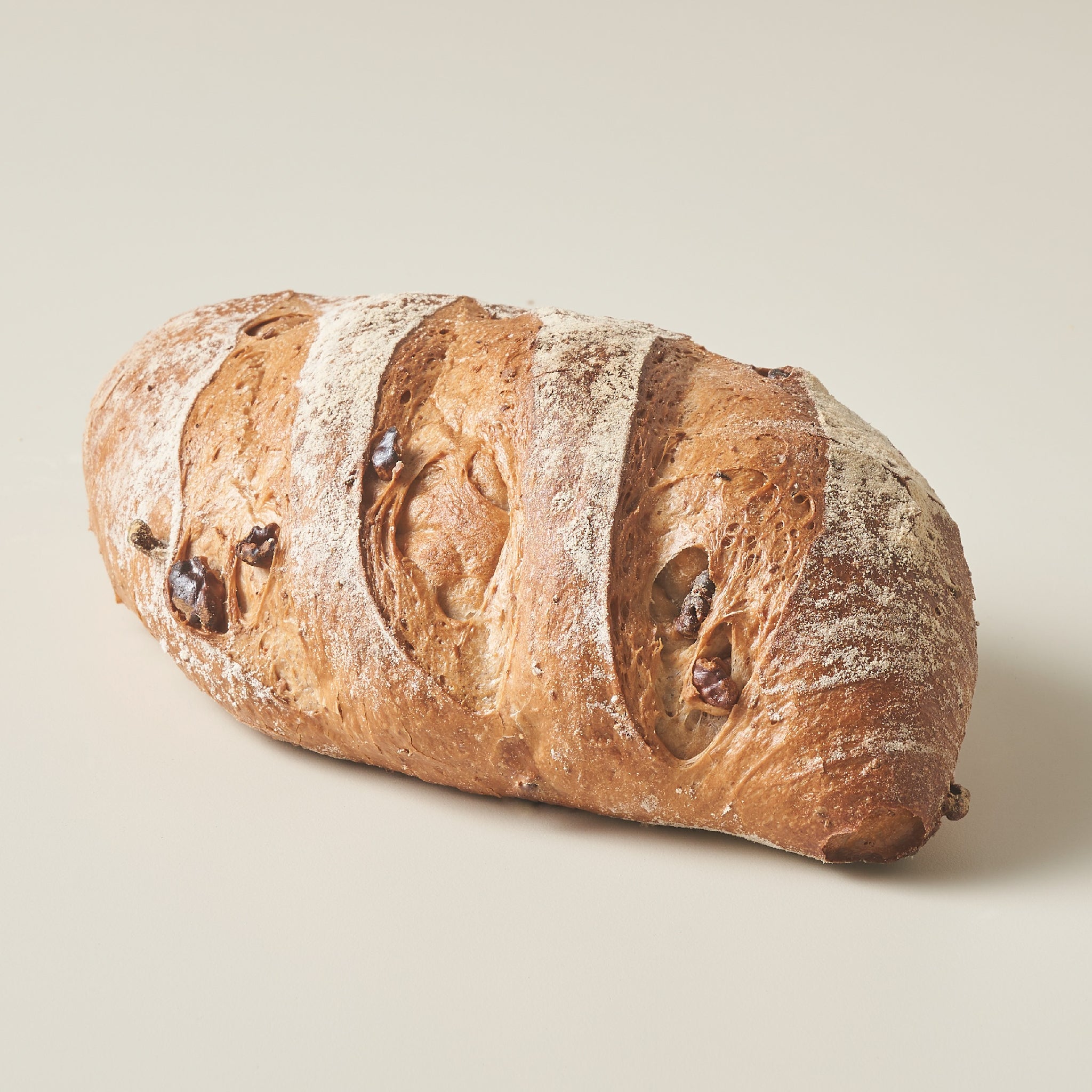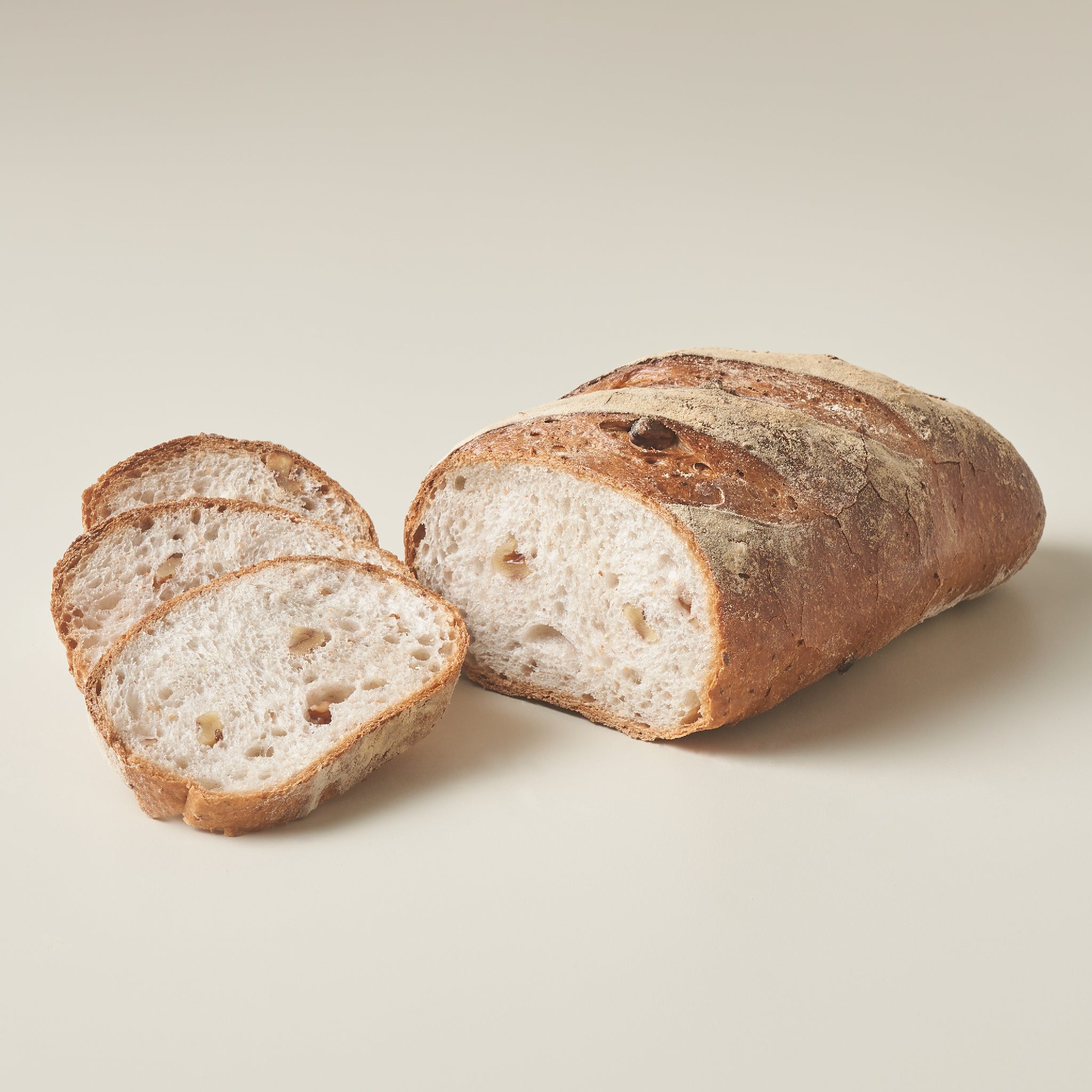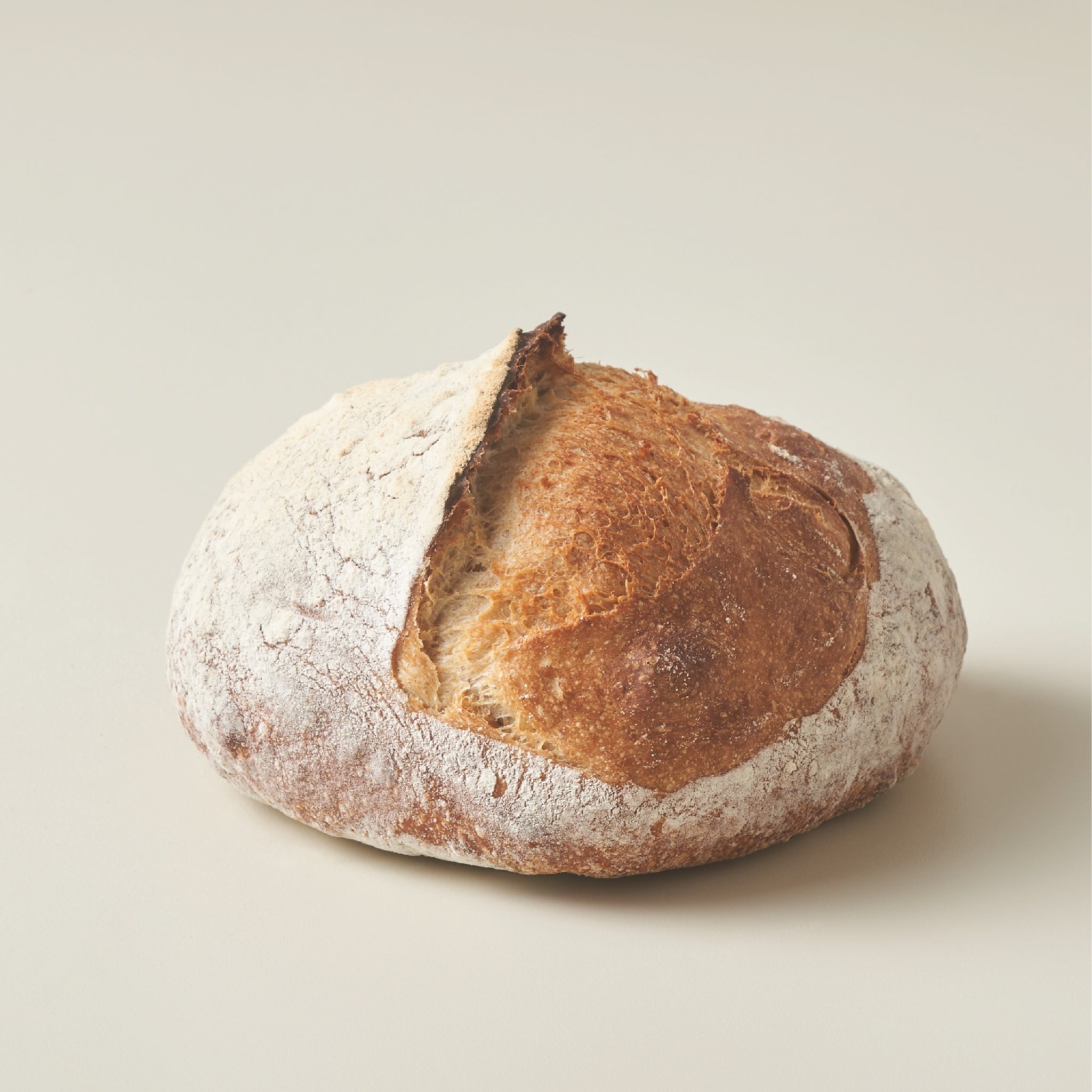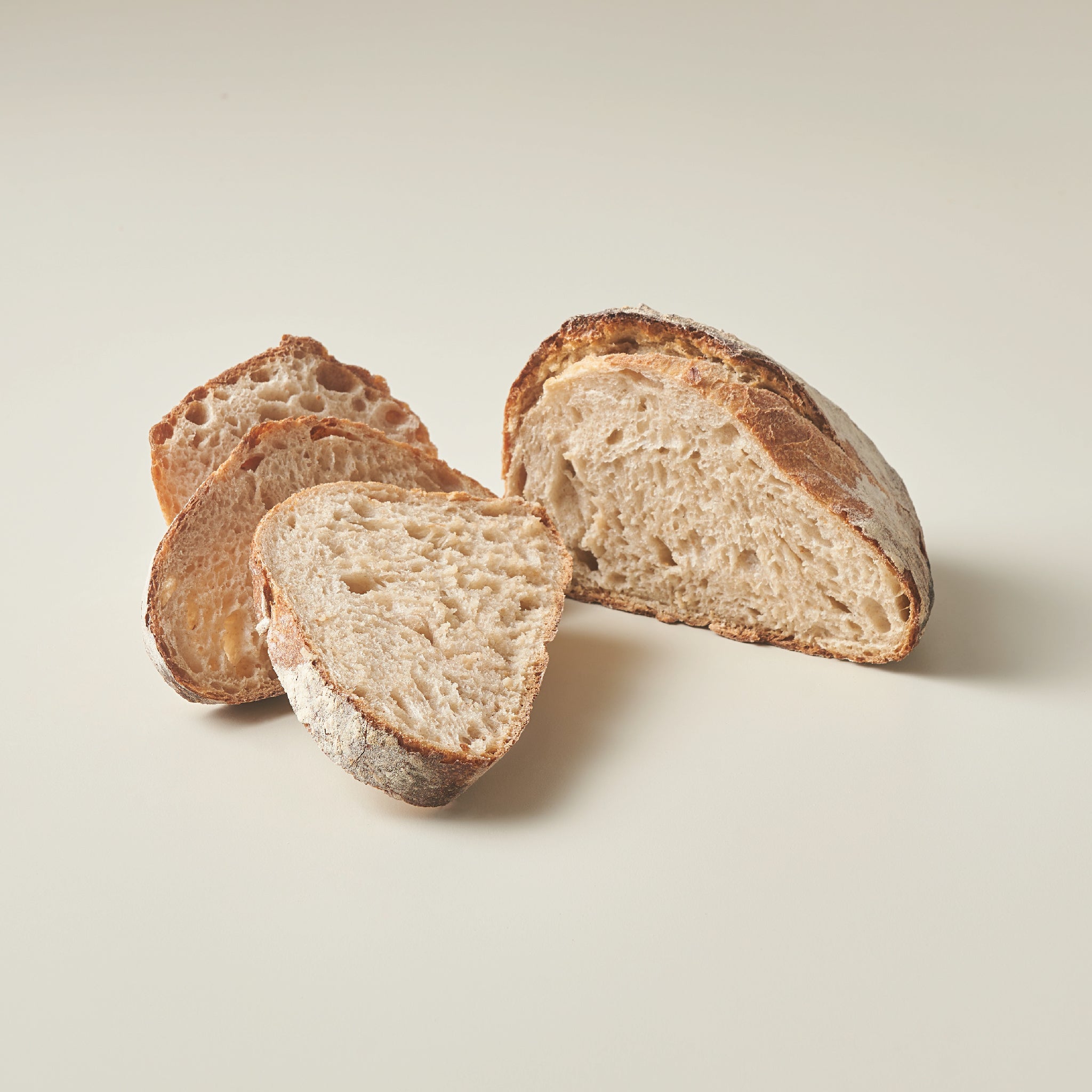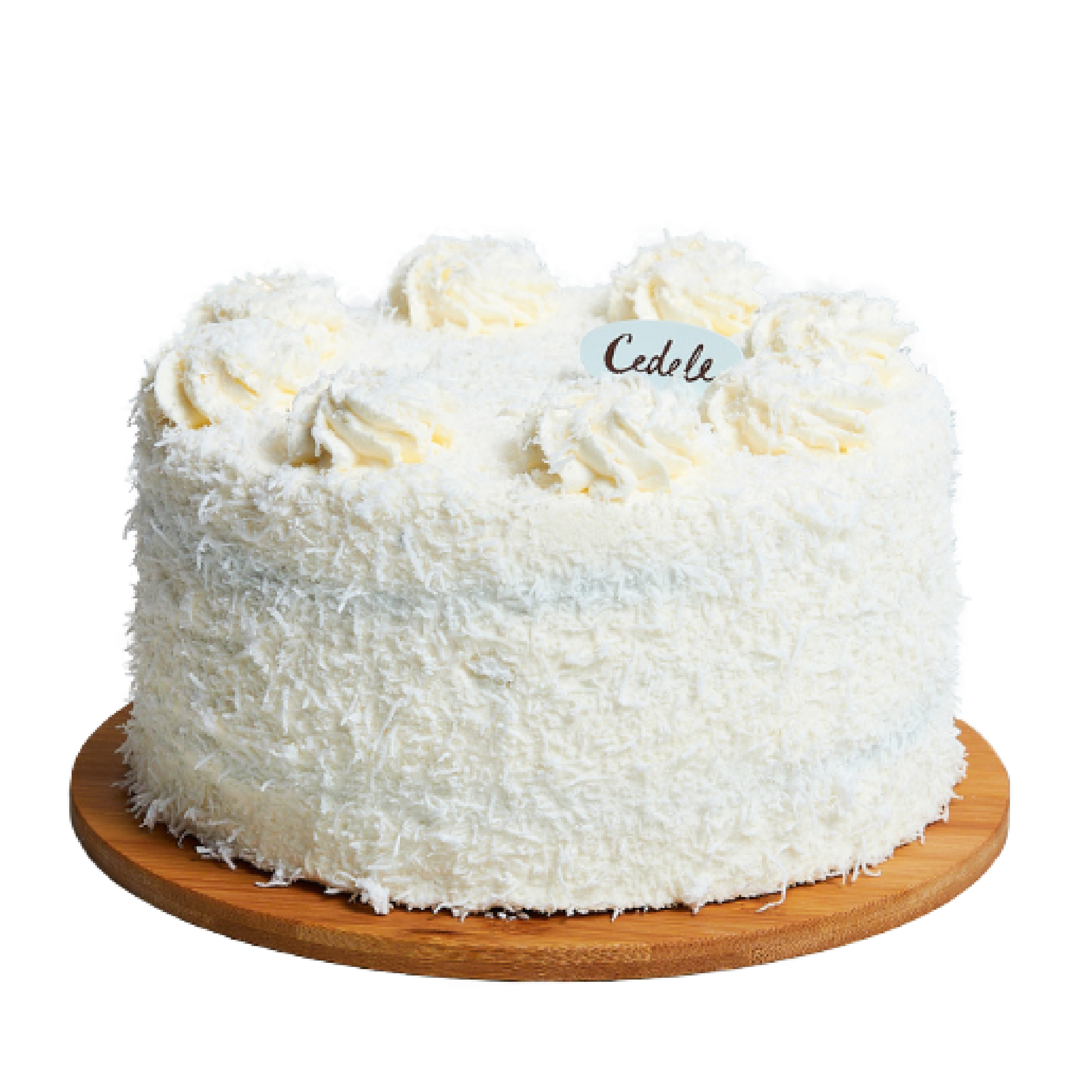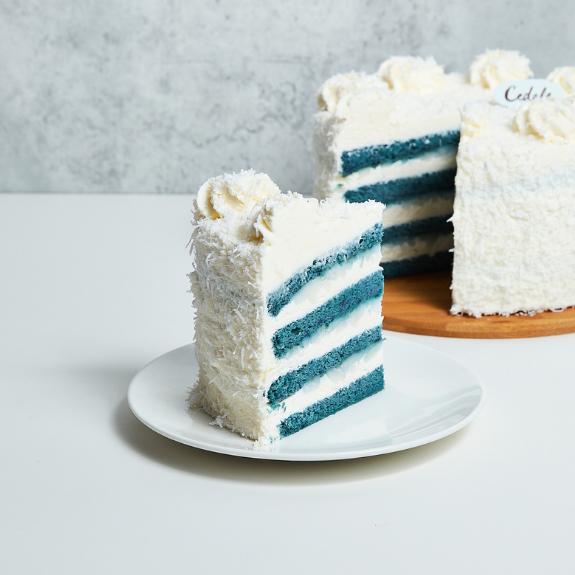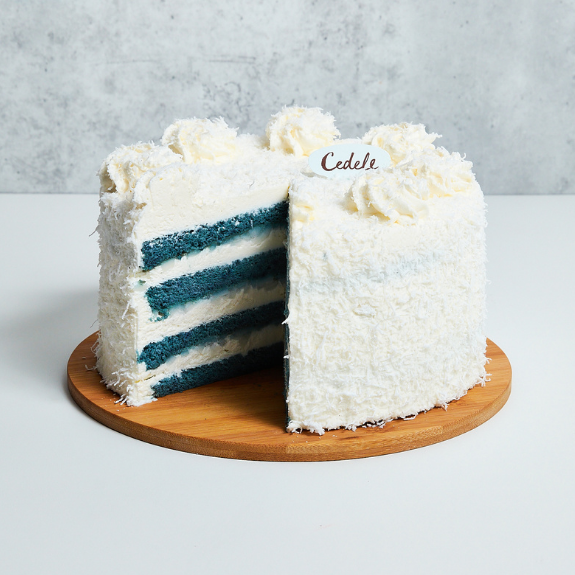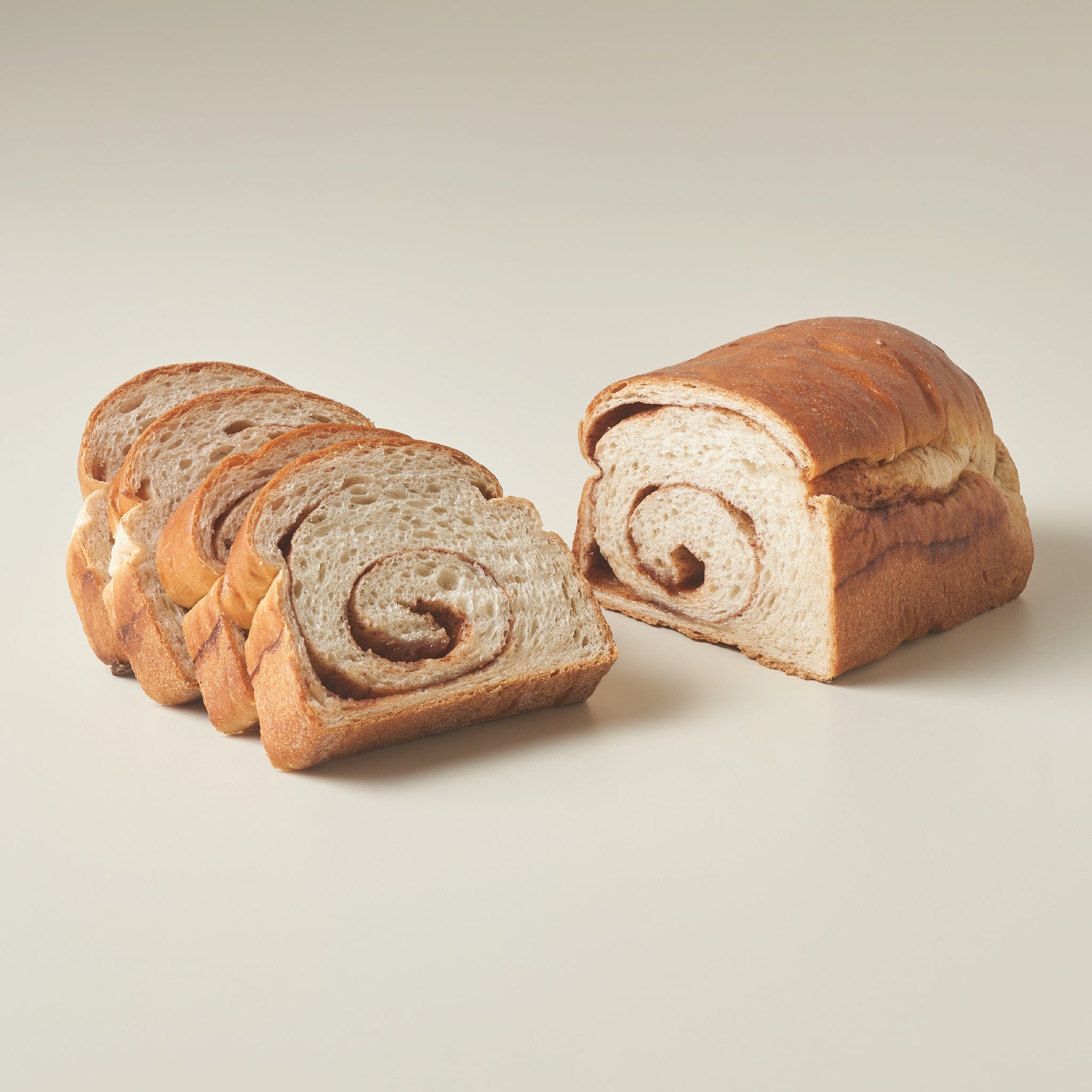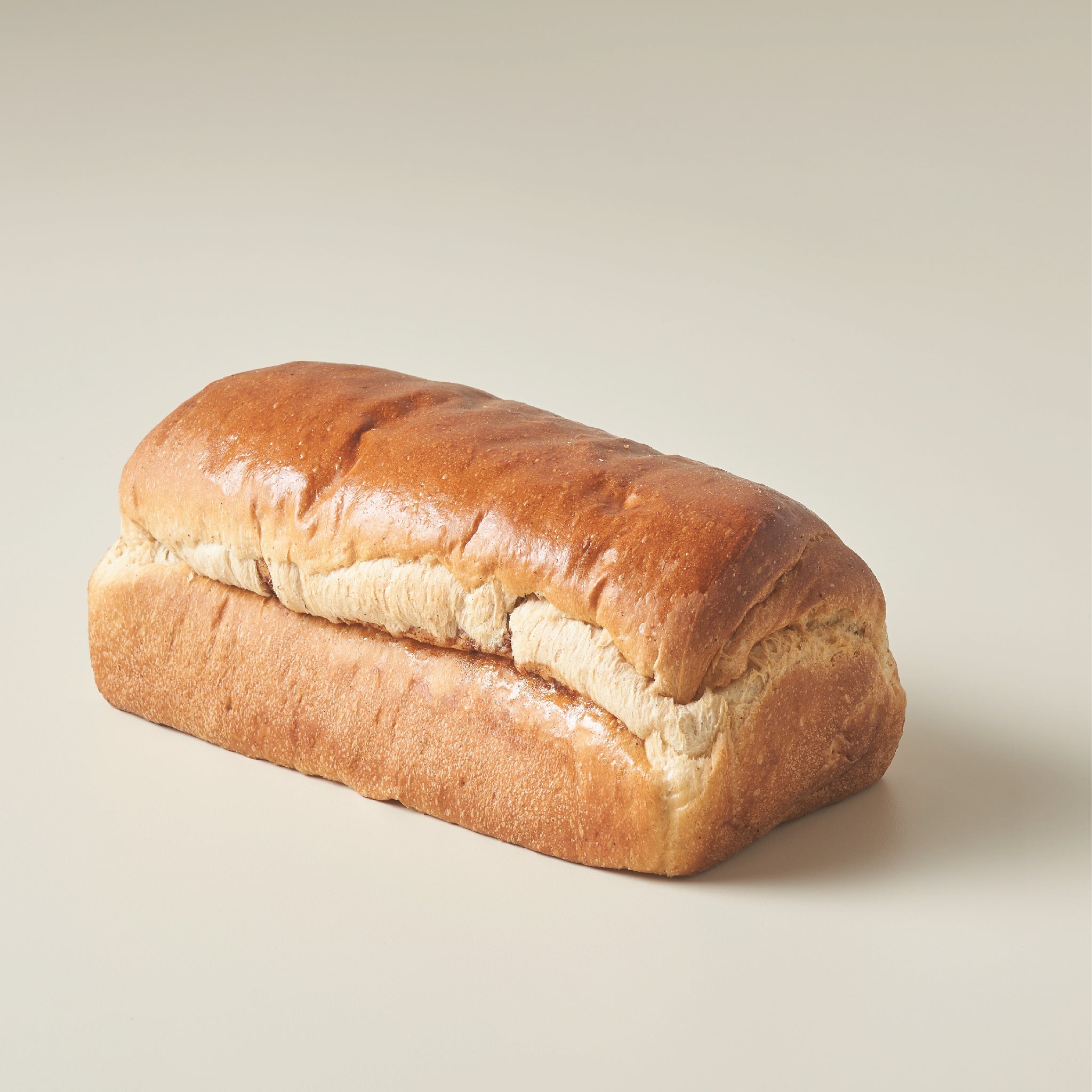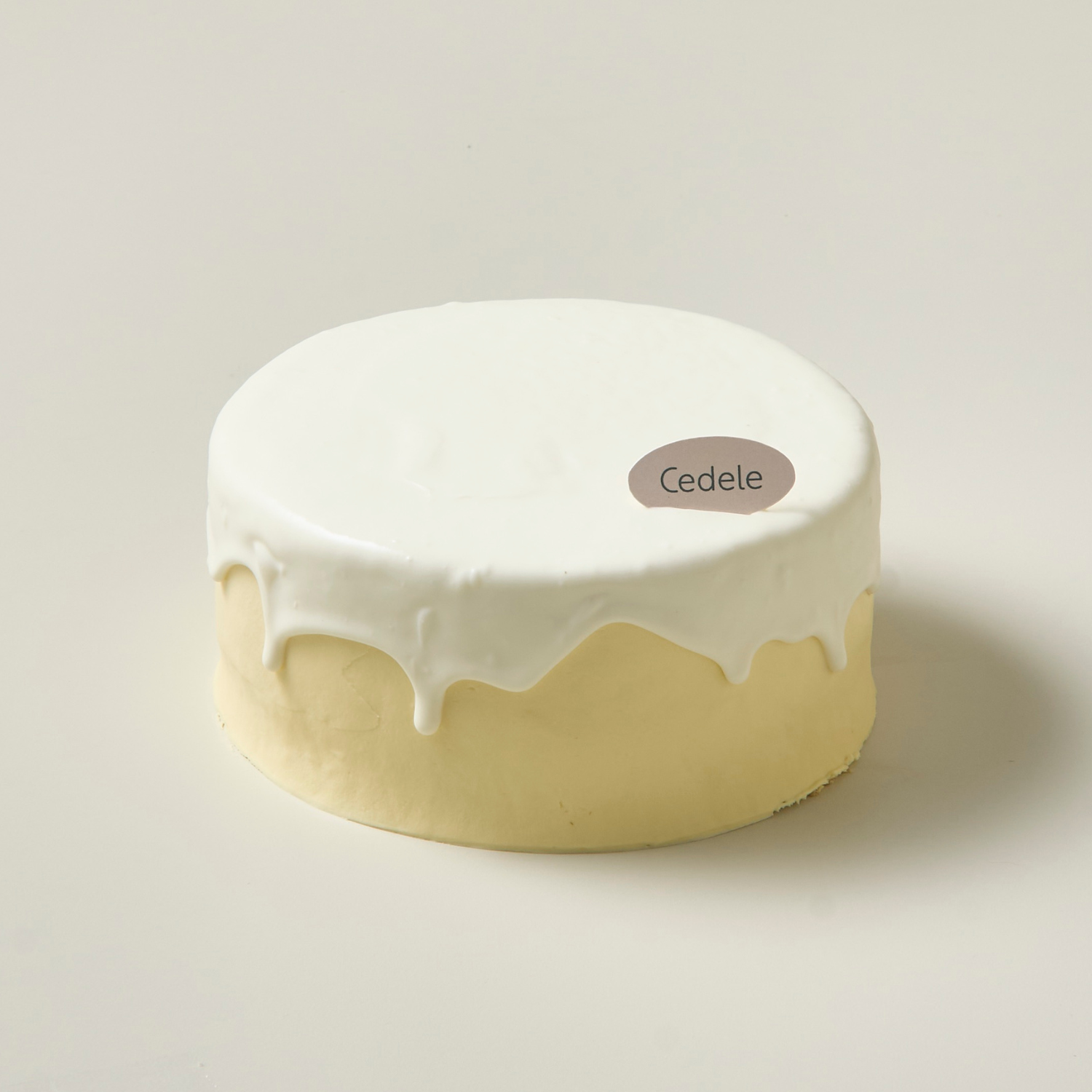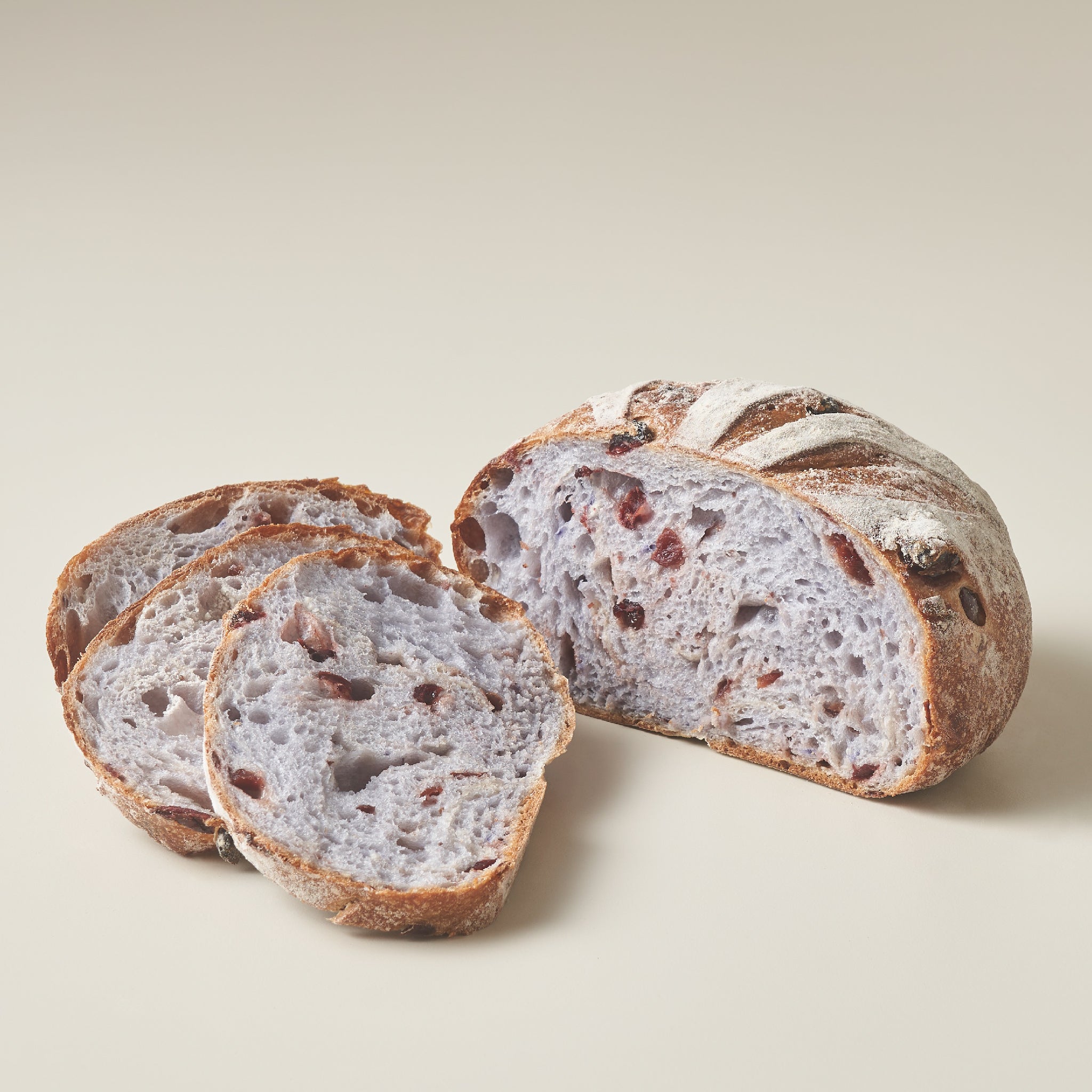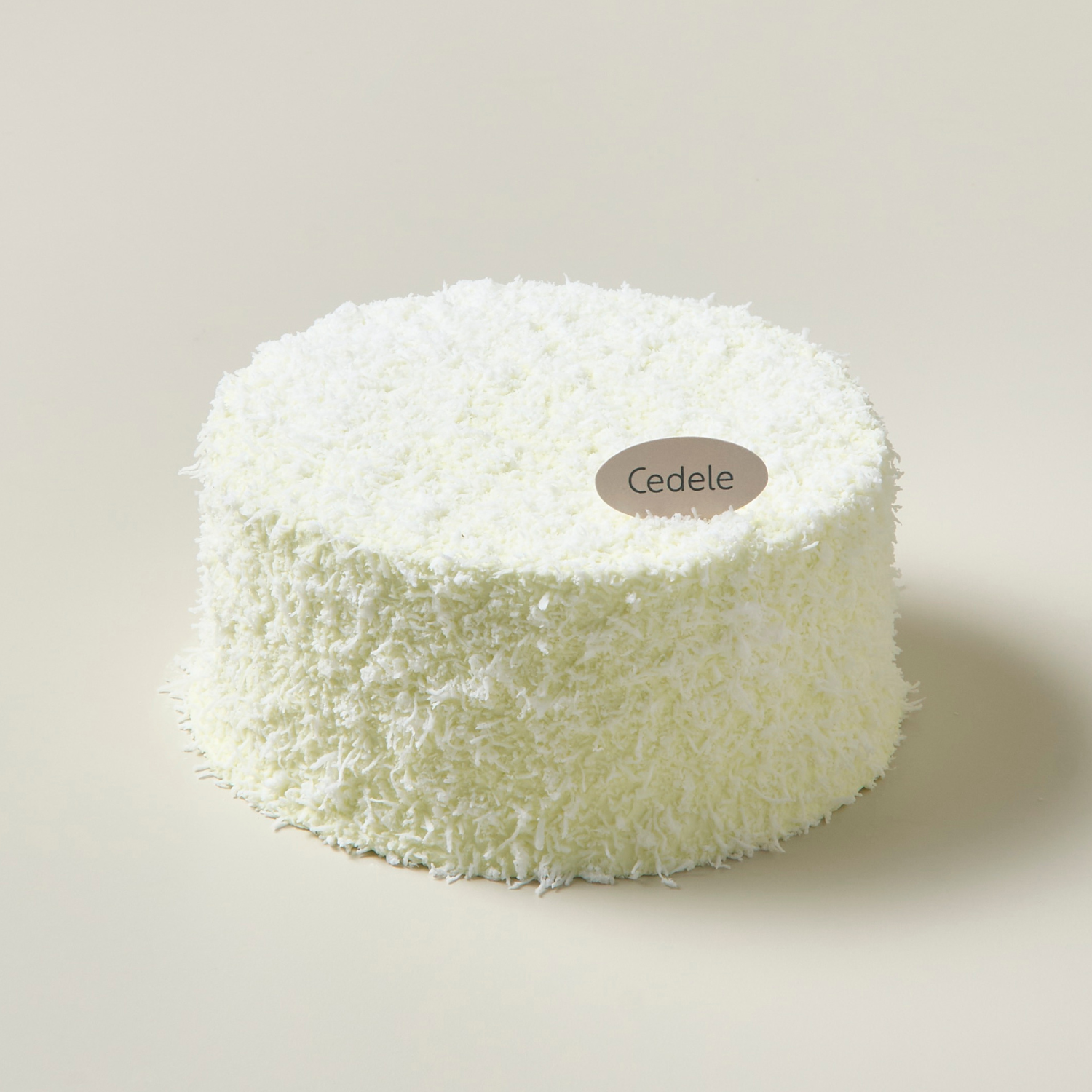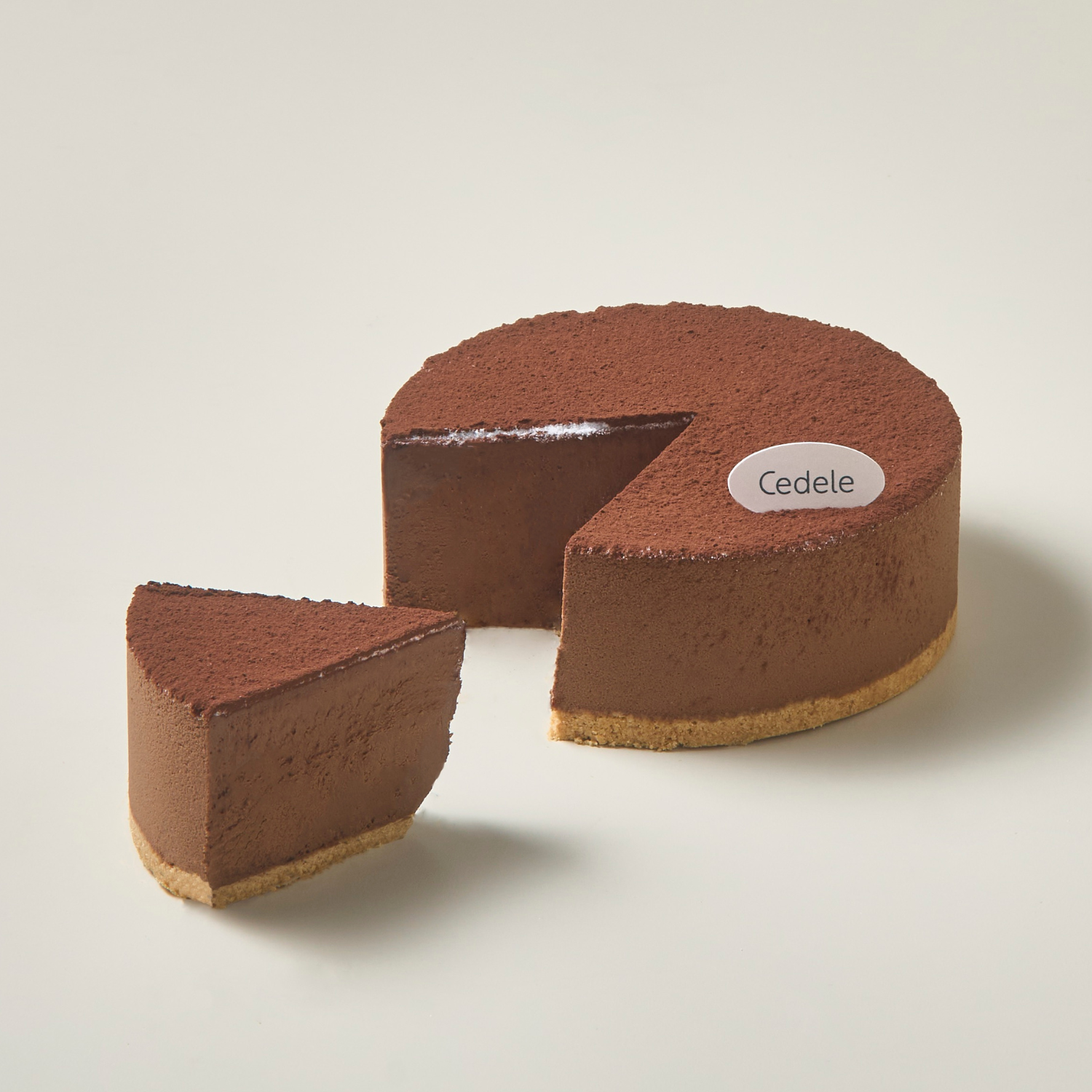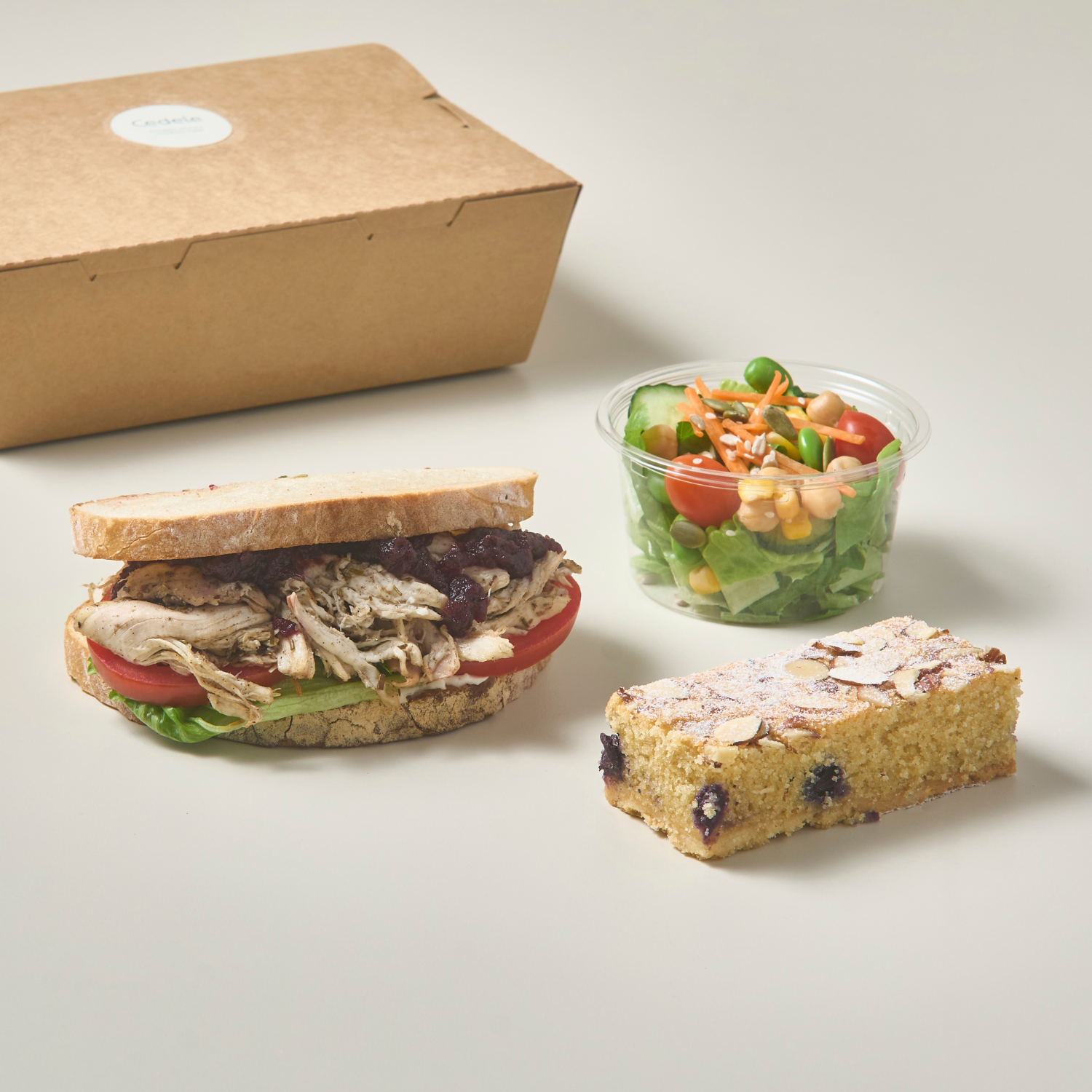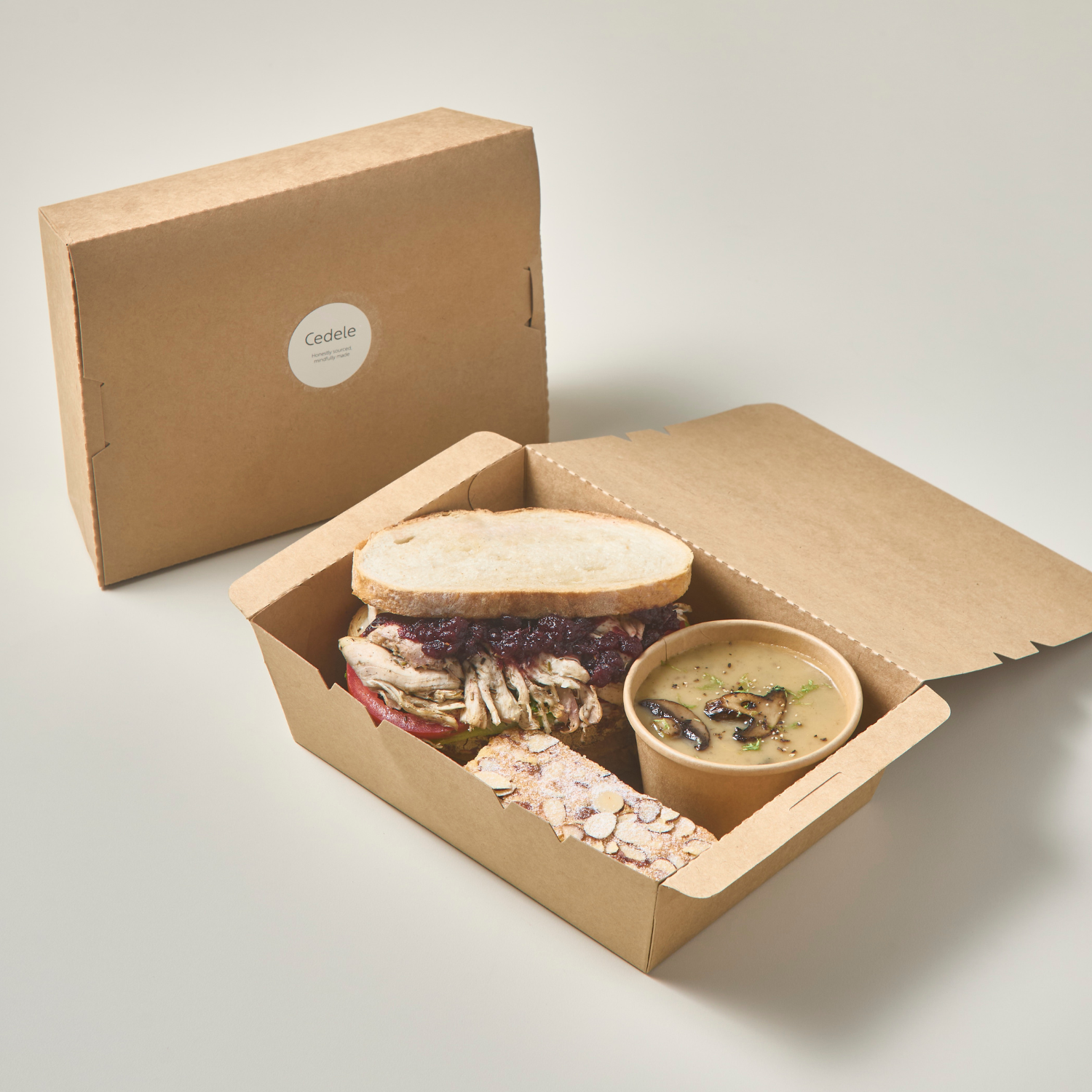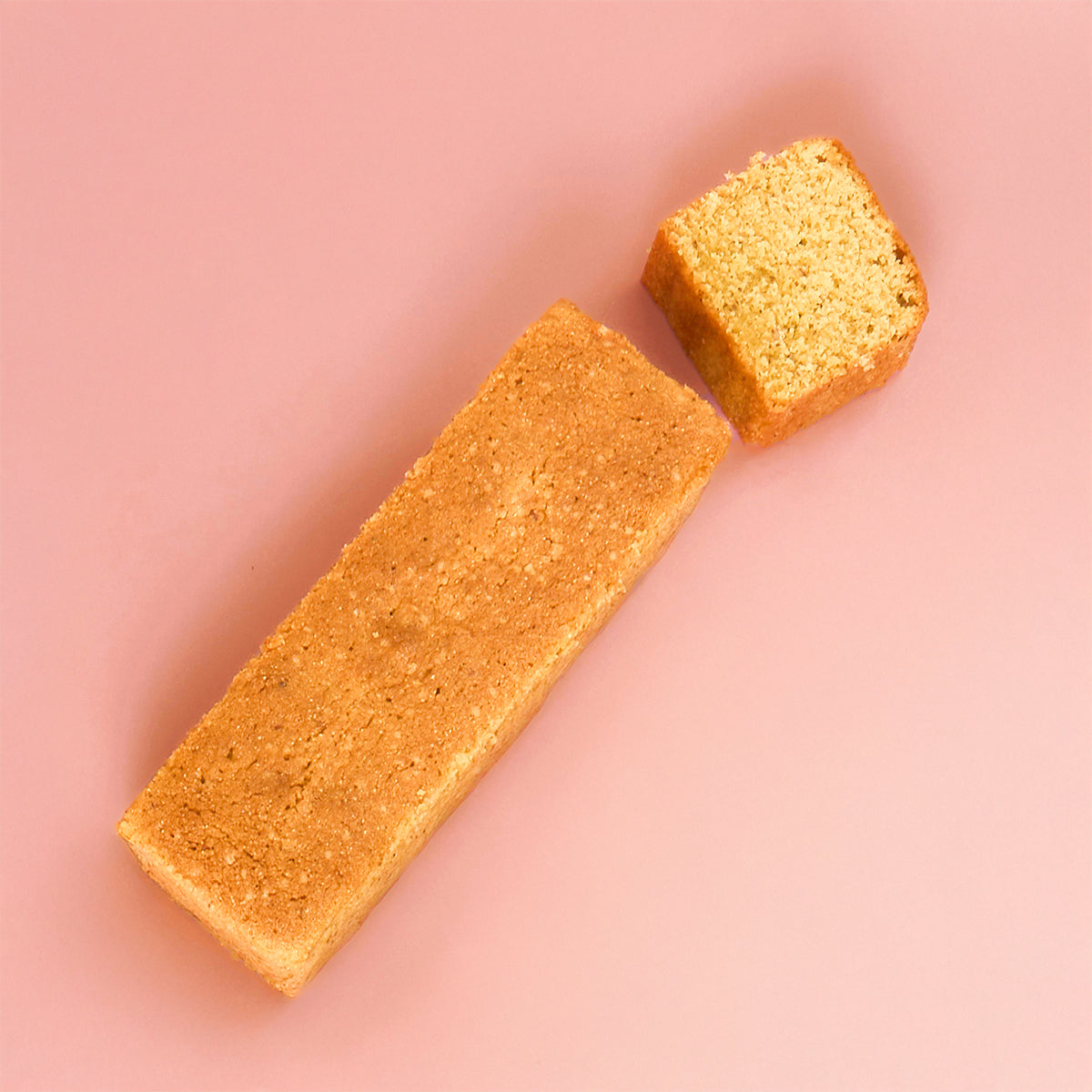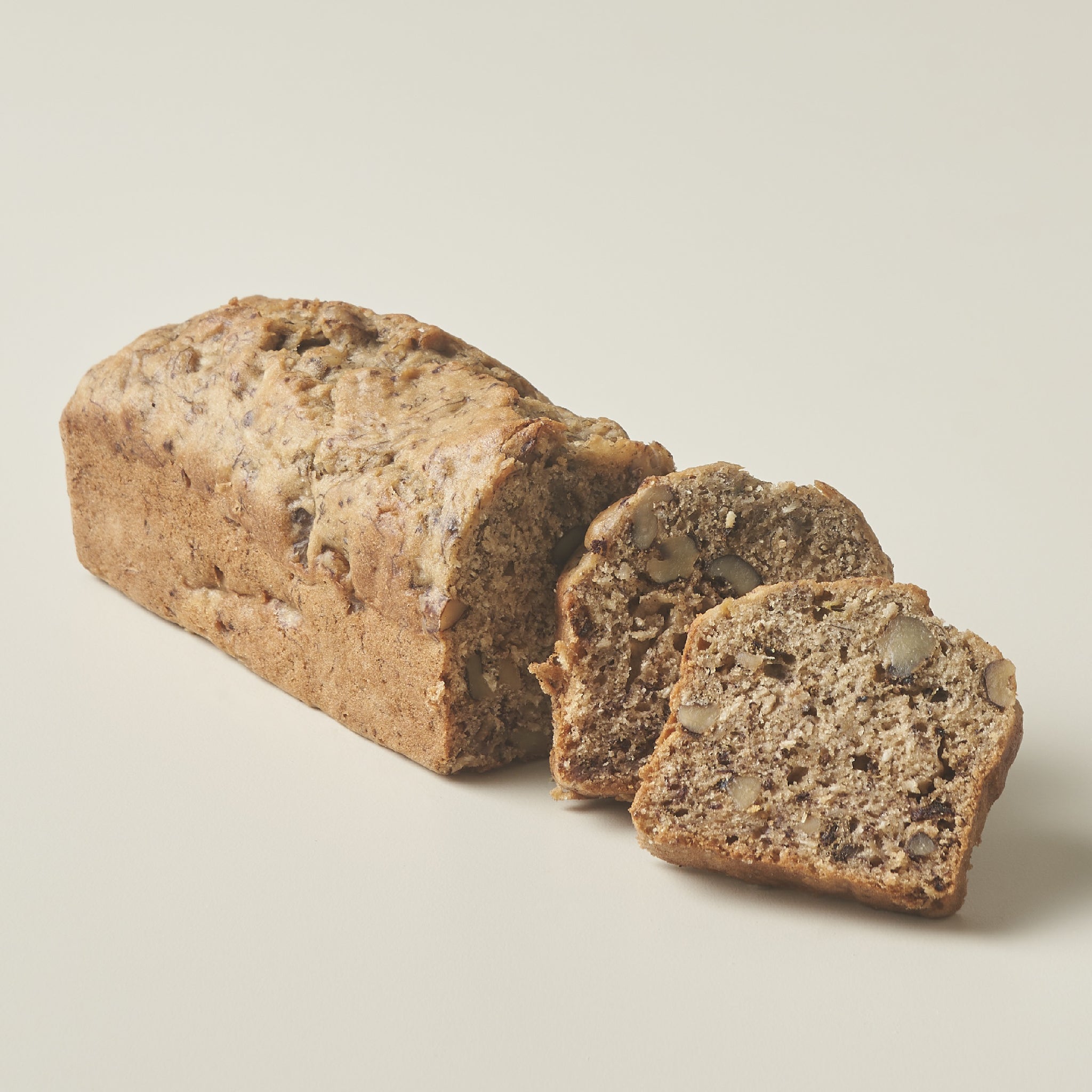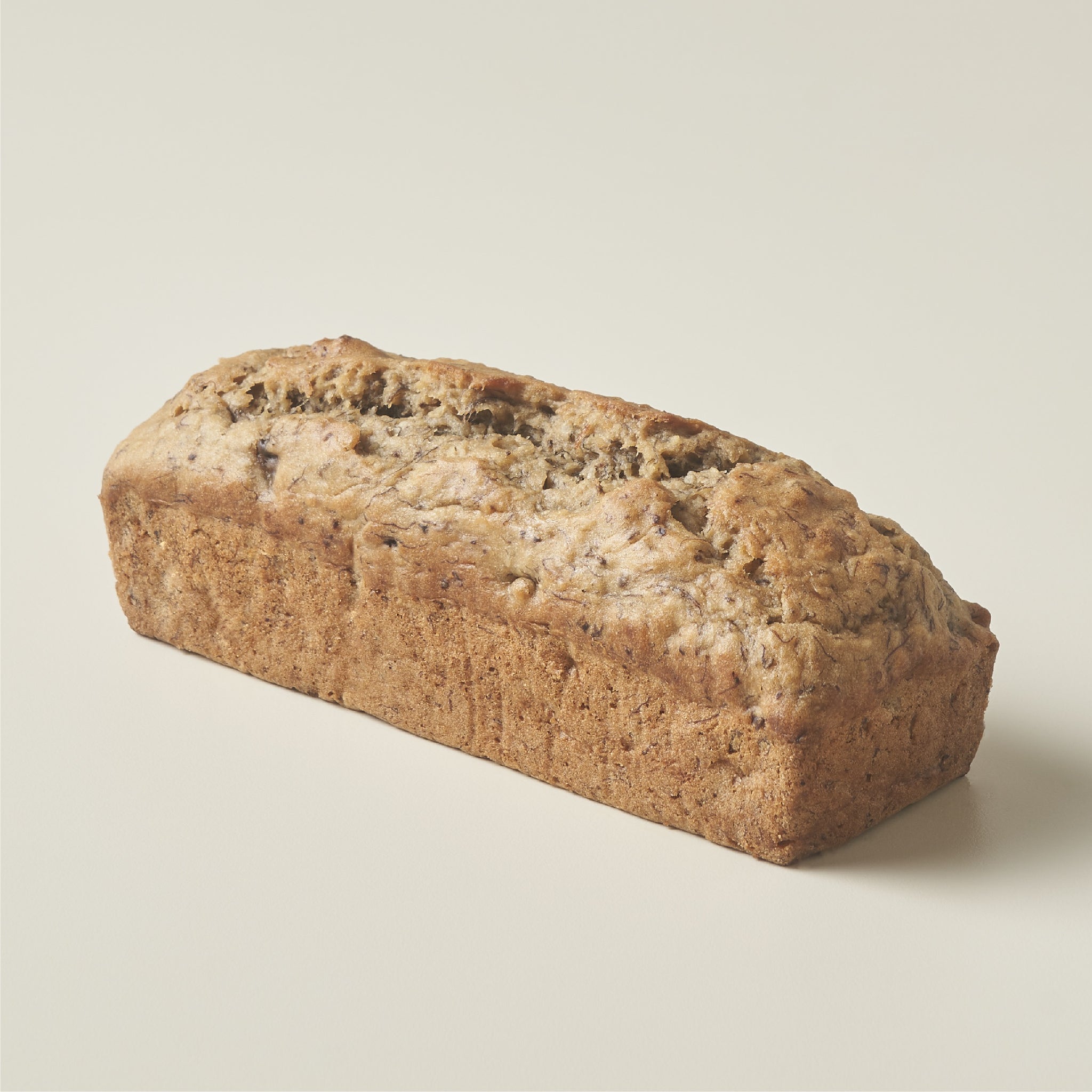Despite being used in cooking for hundreds of years, researchers are still surprised by turmeric. With its wide-ranging health benefits, some call it "the most powerful herb on the planet". Over six thousand peer-reviewed articles have been published on its healing properties. And it was even pinpointed by Google's Food Trends reports in 2016 as a "breakout star" ingredient last year. Over the last five years, Google searches for turmeric have grown 300%. Why is there so much hype surrounding this spice? We did some research to find out.
What is turmeric?
We probably know it as one of the spices in curry, but more specifically, turmeric is a rhizome of the ginger family. Have you tasted it? The bright orange powder is slightly peppery in flavour. Unfortunately, it also stains everything - home cooks you'd know this - from your hands, down to the table and dinnerware. But don't worry, Food52 has a helpful guide on how to get rid of these tough stains.
What are the health benefits?
When discussing its health benefits, you'll hear about curcumin. This bright yellow compound is the reason why turmeric is commonly used as a natural dye. But more than that, according to Diane Morgan in Roots, scientists study curcumin for its anti-inflammatory, anticancer potential. Turmeric is also known to better regulate blood sugar levels and treat depression. Evidence suggests that it also wards off dementia and Alzheimer's disease.
But is all the attention really warranted? A new review published in the Journal of Medicinal Chemistry suggests otherwise. But rather than changing our minds completely, this article has us rethinking about the hype surrounding the spice. Besides, there's no harm having it in moderation, isn't it?
Tips for consumption
A short note on dosage:
As previously mentioned, the main benefits of turmeric come from its curcuminoids. However, curcuminoids only comprise a tiny part of the rhizome. According to Parsley Health founder, Robin Berzin, MD, about 500 to 1,000 milligrams of curcuminoids per day will help you feel its anti-inflammatory effects. A common rule of thumb is that there are 200 milligrams of curcumin in one teaspoon of fresh or ground turmeric.
Power pairing: black pepper
Despite its healing properties, curcumin is poorly absorbed on its own. You could be taking the recommended dosage, but it might not be making its way into your gut. And you're not getting the whole scale of benefits. However, if you look closely at the ingredients in turmeric or curcumin capsules, you'll notice that they always include a spice found in your kitchen: black pepper. Consuming both spices together is found to increase your body's ability to absorb the inflammation-fighting spice. So if you're cooking with turmeric, remember to add some black pepper to your recipe!
Endless possibilities
Besides curries, there are so many ways to incorporate the spice into your diet. Cook up some turmeric broth soup, which can be used as a base to add greens, noodles, or even leftover chicken. Drink your fill in an Ayurvedic detox tea or a milkshake. Or use it in your cooking oil!


